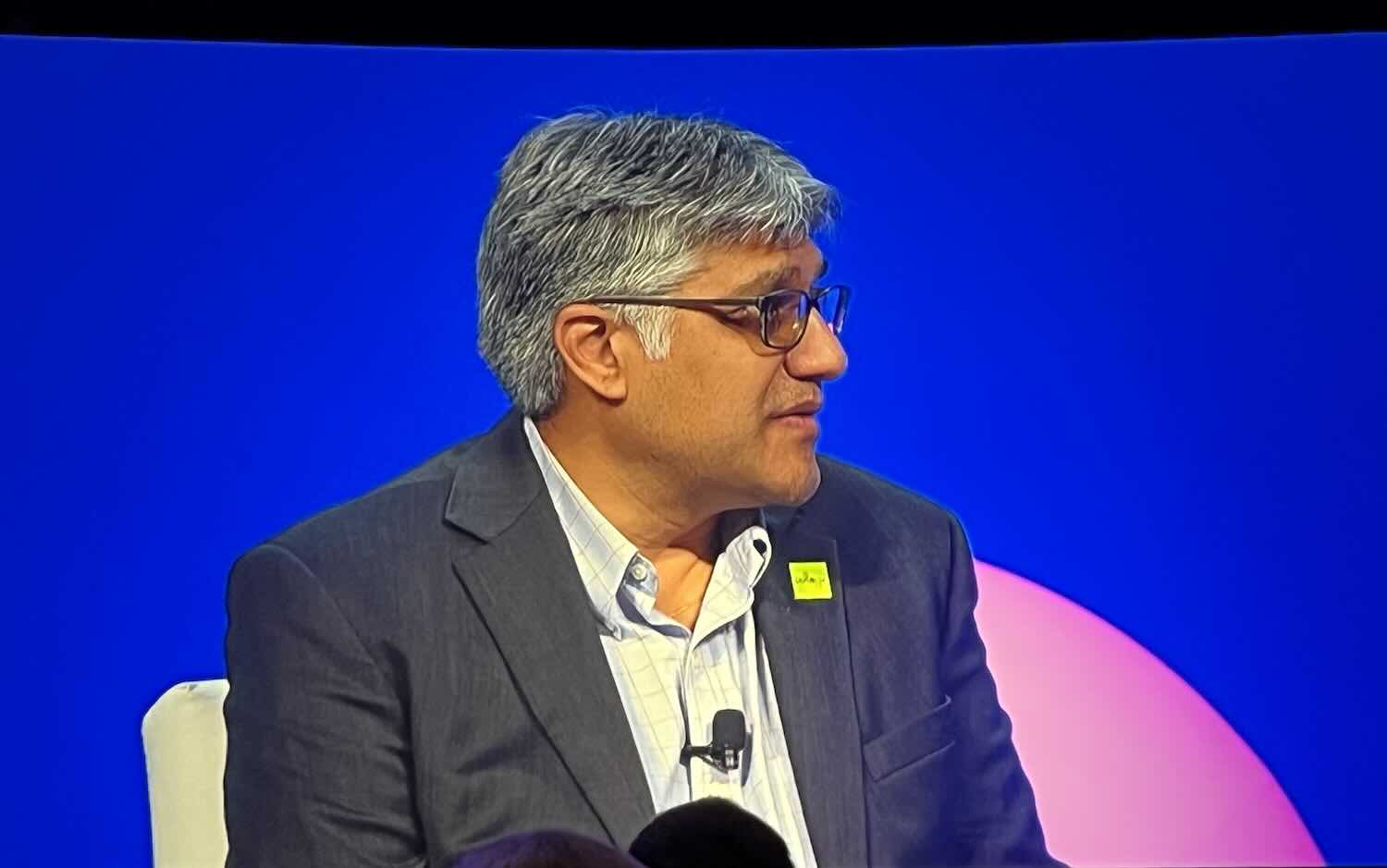Investment management and consulting firm Hamilton Lane has launched its third impact fund, ImpactAlpha can exclusively report. The fund has a $600 million fundraising target.
Impact Fund III is a global growth and growth-oriented buyout strategy, which will be invested directly into socially and environmentally impactful companies — often in a co-investment structure alongside another firm’s fund. It is managed by Dave Helgerson, head of impact at Hamilton Lane.
Hamilton Lane’s impact fund series has the dual objective “to both deliver strong financial returns and a positive impact to our planet”, Helgerson said in the firm’s 2024 annual impact report. Target themes include clean energy transition (which makes up 65% of the fund series’ portfolios by value), sustainable processes (23%), community development (21%) and health and wellness (14%).
The previous vintage in Hamilton Lane’s impact series closed in 2023 at $370 million – narrowly falling short of its $400 million target after two years in market. Fund II had made 16 investments as of September last year. Notable deals include co-investing in digital learning platform Penn Foster alongside majority acquirers Two Sigma Impact and BayPine; and co-investing in energy efficiency company CLEAResult alongside private equity firm Kohlberg & co.
Impact mandates
Hamilton Lane, based in Conshohocken, Pennsylvania, also has an extensive business of separately managed accounts for impact: it manages impact allocations and sources fund and deal opportunities for institutional investor clients.
Alongside the close of Fund II, the firm announced having raised approximately $500 million of impact-focused capital for separate accounts. Many institutional investors continue to choose to deploy impact allocations through separate accounts (also called mandates or segregated accounts) rather than directly investing into impact funds. This is often because they do not see fund opportunities that suit their particular appetite for impact theme or investment type, or they wish to maintain more liquidity or diversification in their impact portfolio.












